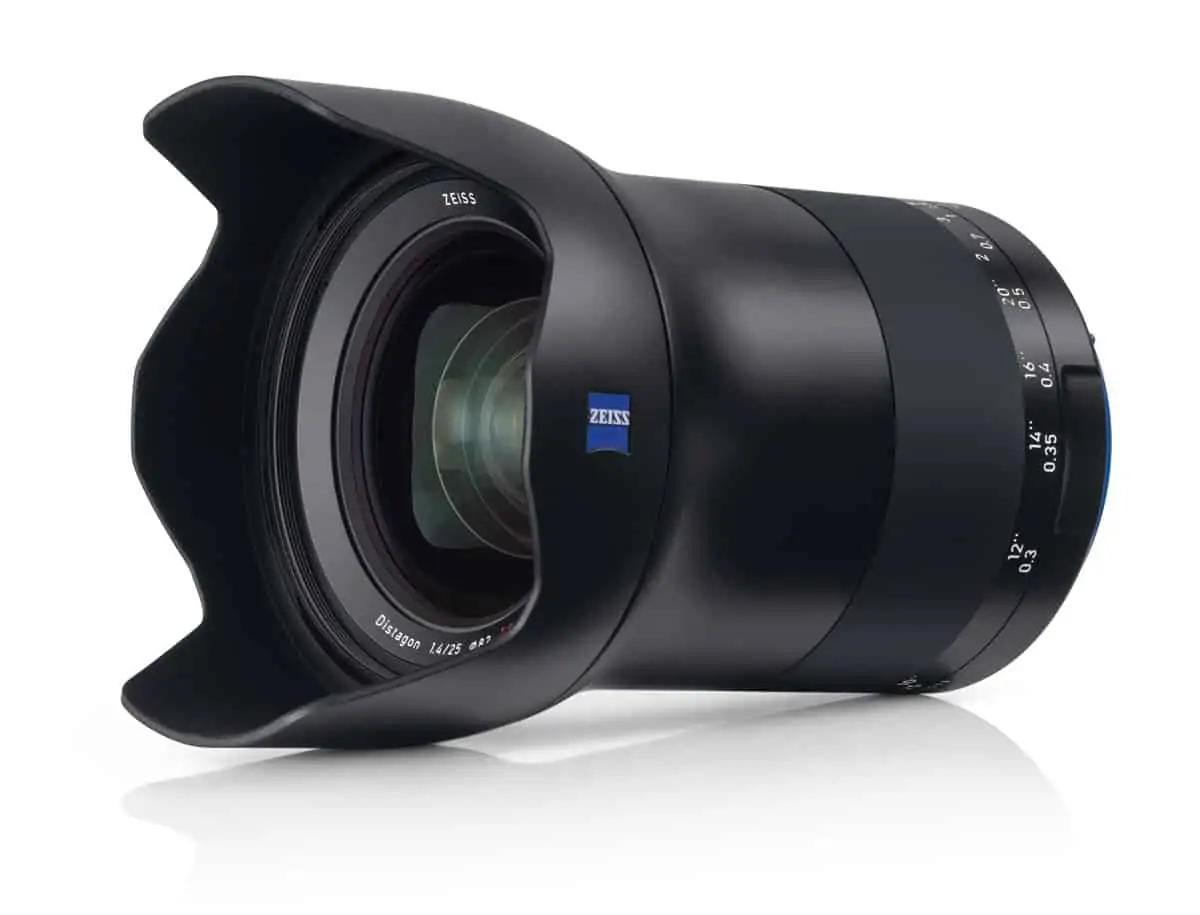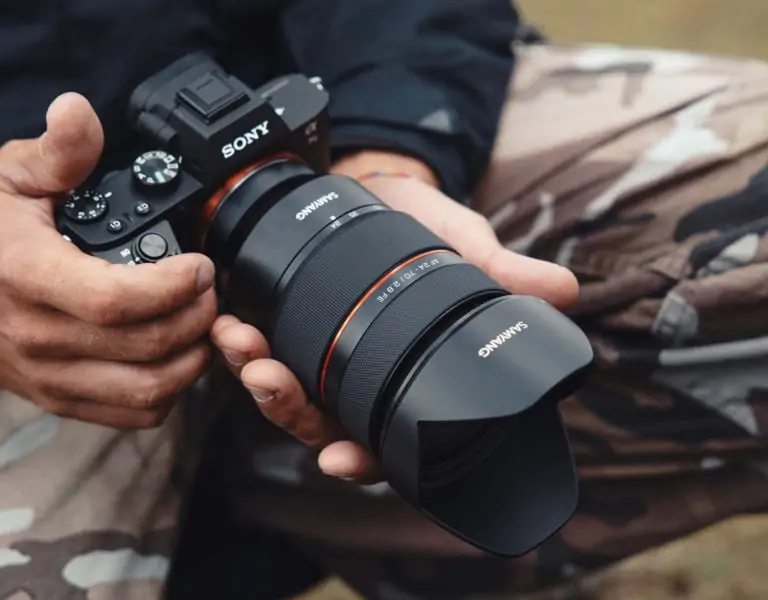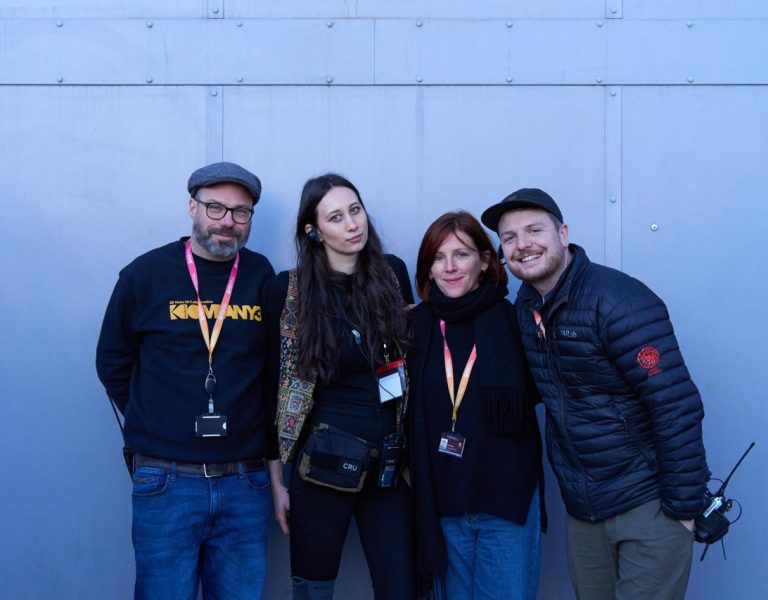Discover how ZElSS’s Radiance lenses, the ideal partner to S35 sensors, combine the best of both modern innovation and over 170 years of expertise.
In the last few years the benefits of pairing large format digital cameras, such as the ARRl Alexa 65, Sony VENlCE and RED Digital Cinema models based on the Dragon sensor, with Full Frame lenses have been embraced by filmmakers for shooting not only lMAX productions and visual effects sequences but also feature films aiming for the cinematic scale of 65mm. While this combination has produced excellent results, it tends to overshadow the equally impressive outcome that can be achieved in terms of ‘look’ and scope by teaming Full Frame glass with Super 35 cameras.
ln recent years there has been the feeling in cinematography circles and the film industry as a whole that S35, if not on its way out, was losing ground to larger frame formats. That attitude does now appear to be changing, thanks to both the release this year of ARRl’s Alexa 35, which shows a major commitment to the format by a leading, often trend setting camera designer, and the potential of Full Frame lenses to help create a range of looks.
Large Format and Full Frame are phrases that have been used in filmmaking for many years but in the last five they have come to greater prominence when talking about camera sensors and lenses. Although often used interchangeably, these terms do not mean the same thing. Large Format cameras have been defined as photographing a negative image that is larger than regular 35mm, usually 9cm x 12cm or bigger, which creates a screen image of greater picture quality and size. By contrast, Full Frame has a more straightforward definition as the maximum frame size produced on 35mm film, which is 24mm x 36mm.
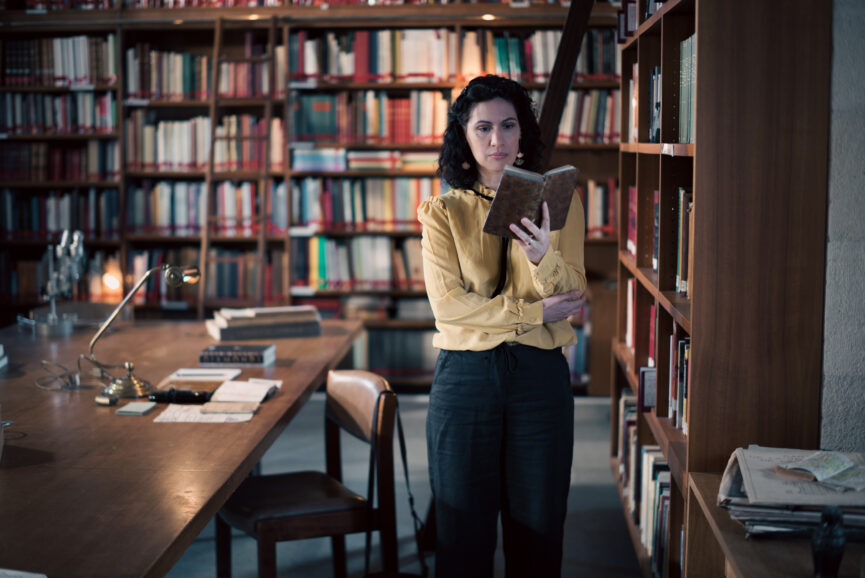

Since the introduction of digital cinematography in the 2000s, S35 has been the default sensor size for the new breed of cameras that have changed the way films are shot. It takes its name from the similarly sized celluloid production format, having a sensor of approximately 24 x 14mm. ZElSS has used this as the basis for its lenses over many years, while also preferring the categorisation Full Frame due to it being more instantly understandable as a concept.
Cinematic look
ZElSS’s flagship lens families, such as the Supreme Primes and Supreme Prime Radiance lenses, are all Full Frame and have been used on feature films, television dramas, commercials and music videos. These lens families provide a cinematic look, with a subtle and gradual focus fall-off and consistently warm and soft bokeh. This comes into its own when used on features and high-end episodic TV production. Outstanding recent examples of this that have used the ZElSS Supreme Prime families include the third series of Das Boot (DPs Armin Franzin and David Higgs BSC), The Adam Project (DP Tobias Schliessler ASC), Glass 0nion: A Knives 0ut Mystery (DP Steve Yedlin ASC) and The 0utfit (DP Dick Pope BSC).
The Supreme Primes and Supreme Prime Radiances are also the preferred lenses for visual effects (VFX) heavy projects, thanks to the new ZElSS CinCraft Mapper platform and the existing eXtended Data (XD) capability, providing frame-accurate shading and distortion data at the click of a button, completely removing the need to shoot and subsequently analyse lens grids.
Many new generations of lenses that have been designed for Large Format or Full Frame cinematography are what can be described as ‘smart lenses’ that have the capability of outputting or obtaining advanced metadata. The CinCraft Mapper helps to unify two key data sets: key lens data, such as lens name, type and focal length, calibrated focusing distance and depth of field data in real time and hyper–focal distance; and ZElSS specific lens data, which includes lens distortion characteristics based on the focal point and lens shading characteristic based on the focal point and effective T–stop. You simply need to upload the shot metadata into the Mapper and this information is provided in the form of industry–standard ST and Multiply Maps.
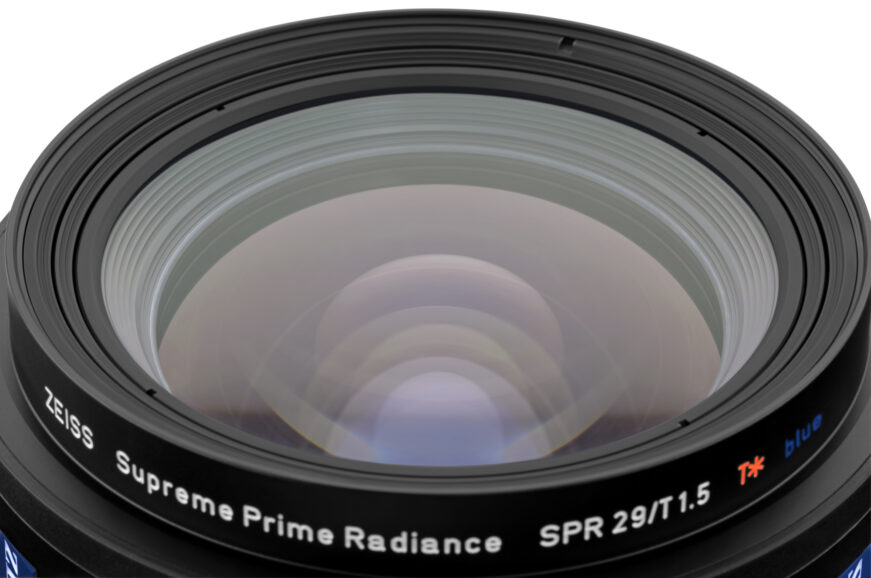
The ZElSS Supreme Primes ensure VFX heavy productions are able to reduce workflow costs – and improve both accuracy and efficiency – as the lenses facilitate the seamless exchange of lens information between the production and post-production departments.
These are the practical considerations that are vital in today’s file and data-based, fast turnaround world of production for both film and TV. This kind of functionality is coupled with a lens performance that not only delivers the ‘look’ and artistic quality demanded by cinematographers for their projects but also a higher degree of creative control. The ability to control the lens and its response is key today, with the visual style of a film or show being important for setting a production apart from the many others in cinemas or on TV and streaming services.
This is a key consideration that’s been built into the ZElSS Supreme Prime Radiance family. While the Radiance lenses are based on the same optical and mechanical design as the Supreme family, ZElSS were able to create a brand–new lens coating completely from scratch; called T* Blue. This new lens coating allows for controllable, reproducible artistic lens flares, giving the Radiance lenses an undeniable ‘character’.
However, under normal lighting conditions, the Radiances show no loss of contrast; they render in the same way as ZElSS’s Supreme Prime lenses, in fact giving off a slightly warmer look when compared to the regular Supremes.
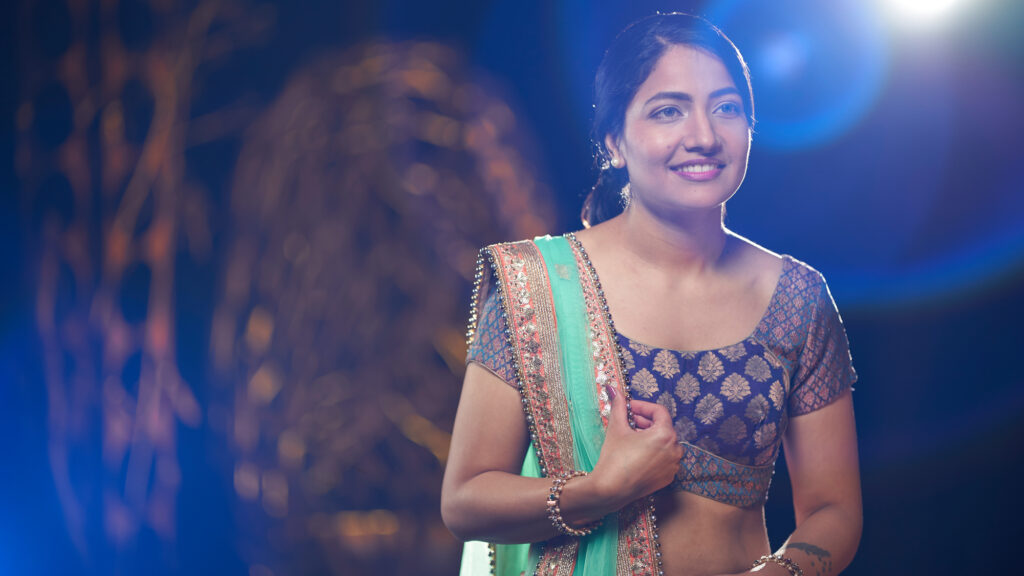
“When we spoke to filmmakers and industry experts, we took a close look at the appeal of flares and their unique impact on the atmosphere of a movie,” said Christophe Casenave, head of product and sales at ZElSS Cinematography, when the Radiance lenses were launched. He explained that ZElSS was responding to the needs of users to integrate flares, which gives cinematographers and operators greater creative freedom while using the lenses. “We didn’t just want to reproduce the effects but to create tools that would allow this effect to be achieved at any time and in a controlled manner. And so the T* Blue coating was born. T* allows users to create flares in the right light without any loss in contrast or transmission, while still delivering the high quality our customers have come to expect.”
Performance power
When it comes to the pairing of Full Frame lenses with S35 sensors, the immediate advantages come from being able to exploit the most effective and efficient portion of the lens.
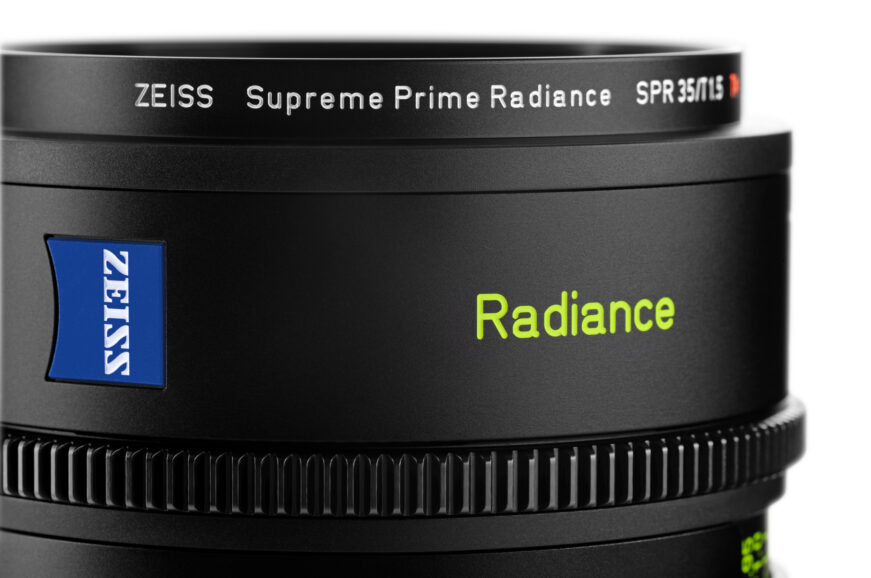
Generally speaking, an image will be slightly softer at the edges, with some vignetting towards the corners, although this varies from lens to lens and camera to camera. By comparison, the centre of the image circle gives optimal image quality and a cleaner, sharper image. Due to the image circle of a Full Frame lens being much larger than an S35 sensor, only the central part of the image circle of the lens is utilised. As lenses offer better performance in the middle of the image compared to the periphery, essentially only the area that produces the best image quality is being used.
Furthermore, the Radiance lenses feature all the ergonomic benefits you would expect in a modern lens. Being incredibly compact and lightweight, with 11 focal lengths to choose from (18mm-135mm), all T1.5, the Radiance lenses offer a consistent front diameter, length and weight. The consistent positioning of the focus and aperture rings also minimise the need to re-balance or adjust the wider set-up when changing focal lengths.
While the Radiance family is very much of today, with all the benefits of modern design and engineering, they also have the traditional ‘feel’ and ‘look’ that many filmmakers are looking for.
With both the Supreme and Supreme Radiance, the result is a modern, 21st-century lens, offering traditional characteristics, state of the art ergonomics and Full Frame capability that can work with Super 35 sensors to produce stunning images that are able to challenge what larger scale formats can offer.
Please visit www.zeiss.com/cine/radiance for more information.
–
This article is sponsored by ZEISS.




